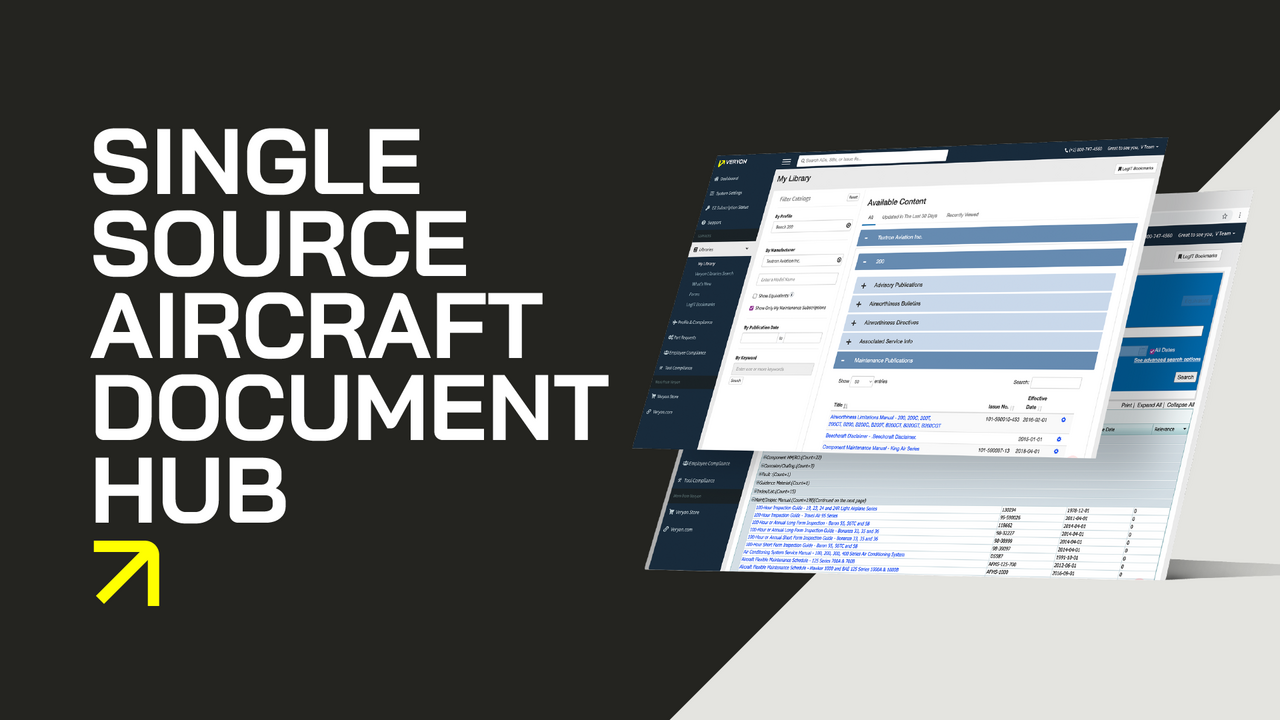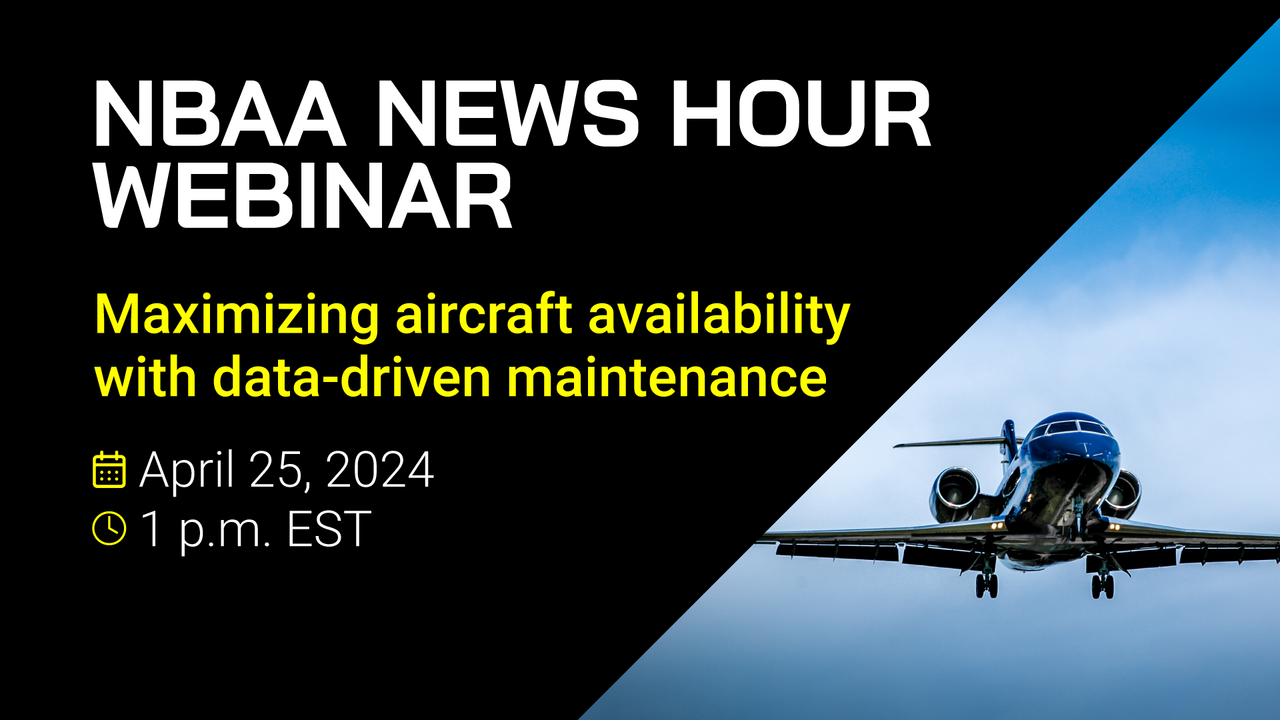4 min read
Five Ways Operators Can Retain Aircraft Value #1: Organizing Logbooks & Loose Equipment
ATP
Aug 9, 2021 4:39:00 AM

Business aviation has seen interesting market fluctuations during this unprecedented time. Most notably, the pre-owned market has witnessed an influx of transactions, including by those looking to jump-start their businesses coming out of the pandemic or first-time buyers who consider business aircraft as an alternative to commercial travel.
Yet much like the current state of the U.S. real estate market, the pre-owned aircraft market in the past year has swung dramatically from over-supplied to under-supplied, and prices are now escalating quickly across the board, coming back up sharply.
“If you have a plane and you’re contemplating selling, right now is a fantastic time because of what’s going on in prices and the lack of supply,” said Jared Hasty, director of sales and key accounts for Georgia-based aircraft broker OGARAJETS, during a recent ATP webinar. “It’s quickly become a seller’s market.”
A market like this might tempt you to consider selling your business aircraft. But suppose you haven’t been proactive or taking the necessary steps early and regularly to maintain your aircraft’s liquidity and value. In that case, you might find yourself disappointed to discover that it hasn’t retained its value when it comes time to sell it – even in a seller’s market.
On July 9th, 2021, ATP’s Vice President of Marketing and Engagement Lee Brewster hosted the virtual discussion with Hasty to identify five ways operators can prepare to help retain the value of their business aircraft.
• Organizing aircraft logbooks and loose equipment
• Staging the aircraft for the best first impression
• Utilizing an engine program when it’s a good fit for the aircraft make/model
• Choosing the right aircraft broker
This blog series will cover the five ways operators can prepare to help retain the value of their business aircraft, starting with organizing logbooks and loose equipment.
How To Organize Aviation Logbooks and Loose Equipment
Suppose your aviation department hasn’t established a system. In that case, there’s no time like the present to start making improvements and getting organized to ensure your business aircraft’s records and loose equipment are in order whenever you put the airplane on the market. Your aircraft’s value is directly tied to its aviation logbooks, and the more complete those records are, the better.
Operators should be concerned with both the visual and technical organization of their logbooks. Visual organization pertains to how the materials look to a prospective buyer – their physical appearance – while technical organization pertains to how the records are sorted or ordered.
If your aviation department keeps paper records, ask yourself:
• Are the logbooks physically clean?
• Are they presented neatly, in uniform containers?
• Is there a discernable method to their organization?
“I can’t tell you how many times we’ve gone in and seen that aircraft logs are scattered throughout a facility and maybe even different facilities,” said Hasty of his work with OGARAJETS, a Georgia-based aircraft broker and inventorying dealer. “Work orders, AD130s, you name it, are tossed in a box in no order whatsoever. And that says a lot about your airplane.”
Prospective buyers will certainly notice your aviation logbook organization and attention to detail (or lack thereof). “This is somebody’s impression that they’re getting of not only the aircraft but how it was operated,” said Brewster.
While paper documentation might still be preferred by some operators, either alone or alongside digital records in a hybrid approach, aircraft brokers increasingly expect electronic logbooks to be used at some level.
“If I were to walk in and see a plane or to review a plane and it’s not on electronic records, one of the first thoughts – whether it be right or wrong – is, why isn’t it?” said Hasty. “And what are they missing? What are they not tracking?” Prospective buyers will be more likely to assume paper records are incomplete than digital ones, especially if the presentation is messy and the files disordered.
Another advantage of digital records is that they are optimized for a quick search and automatically flag upcoming service milestones.
For instance, if you’re using a tracking program like ATP’s Flightdocs, “all those things are packaged right there in the cloud, and you can search by ATA codes. It’s all organized,” said Brewster. In addition, operators can digitize their paper trail and move it out to the cloud as well, she said.
Regardless of their format, your logbooks must tell the story of your aircraft – its history – and in documenting that history, more detail is better than less. “I’m never going to be disappointed if I see a mound of records, as long as they’re well organized,” said Hasty. “So much of the value of your aircraft is tied into the logbooks, so if you misplace or lose [any of them], or let’s say somebody steals a logbook, it can severely affect the value of your aircraft,” he explained.
“We could give extreme examples where you’re talking 10, 20, 30, even 50% of the value of your airplane tied up in logbooks and missing logbooks, especially if you can’t rebuild them,” he said.
Along with organizing aviation logbooks, you should also be diligent about keeping an itemized loose equipment list that originally came with your aircraft, as well as storing it in an easily accessible climate-controlled location. When it’s time to sell the aircraft, having a complete record of the loose equipment and producing those items while demonstrating that they were properly cared for can help boost the aircraft’s value.
In the next blog, we will be going through the steps of staging your aircraft to make a good first impression. We’ve already covered this topic in our latest webinar titled “Pay Now or Pay Later: 5 Tips and Tools to Retain Your Aircraft’s Value.” You can watch that below and get a head start!
About ATP.
ATP is the leading provider of aviation software and information services.
Our innovative product lines, including Flightdocs, Aviation Hub, ChronicX, and SpotLight, reduce operating costs, improve aircraft reliability, and support technical knowledge sharing and collaboration in all aviation and aerospace industry sectors.
The products and services of ATP support more than 75,000 aircraft maintenance professionals worldwide. As a global company, ATP has more than 7,500 customers in 137 countries and partnerships with over 90 OEMs.




